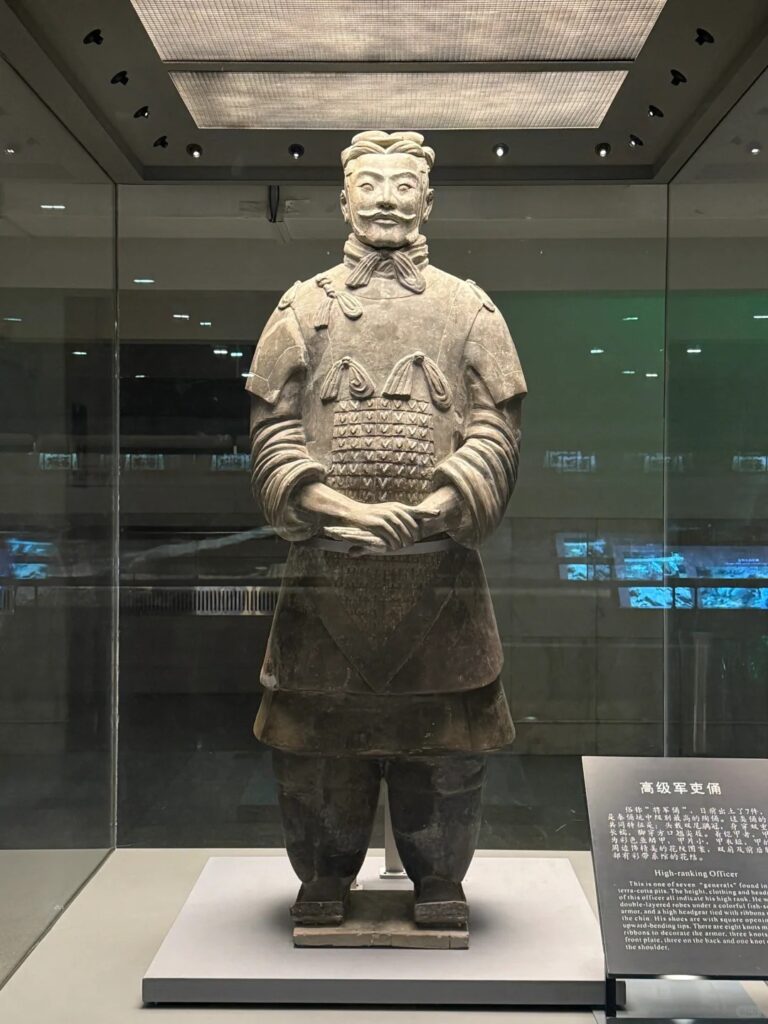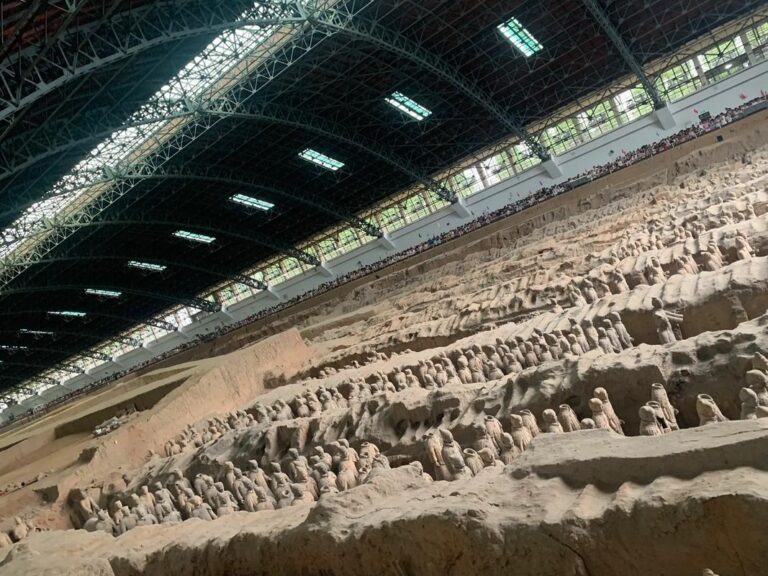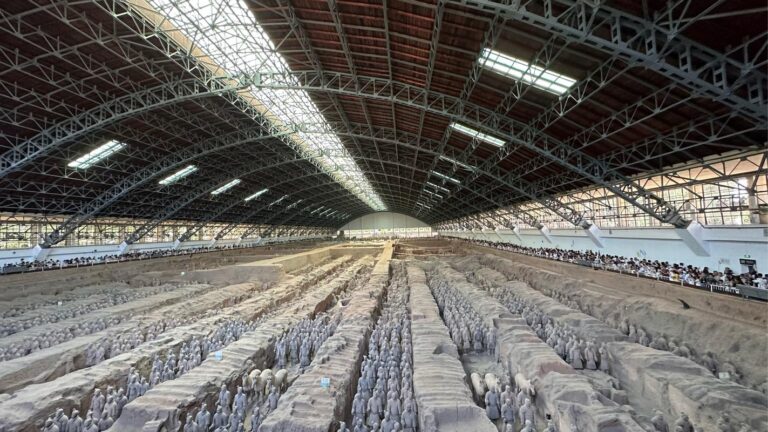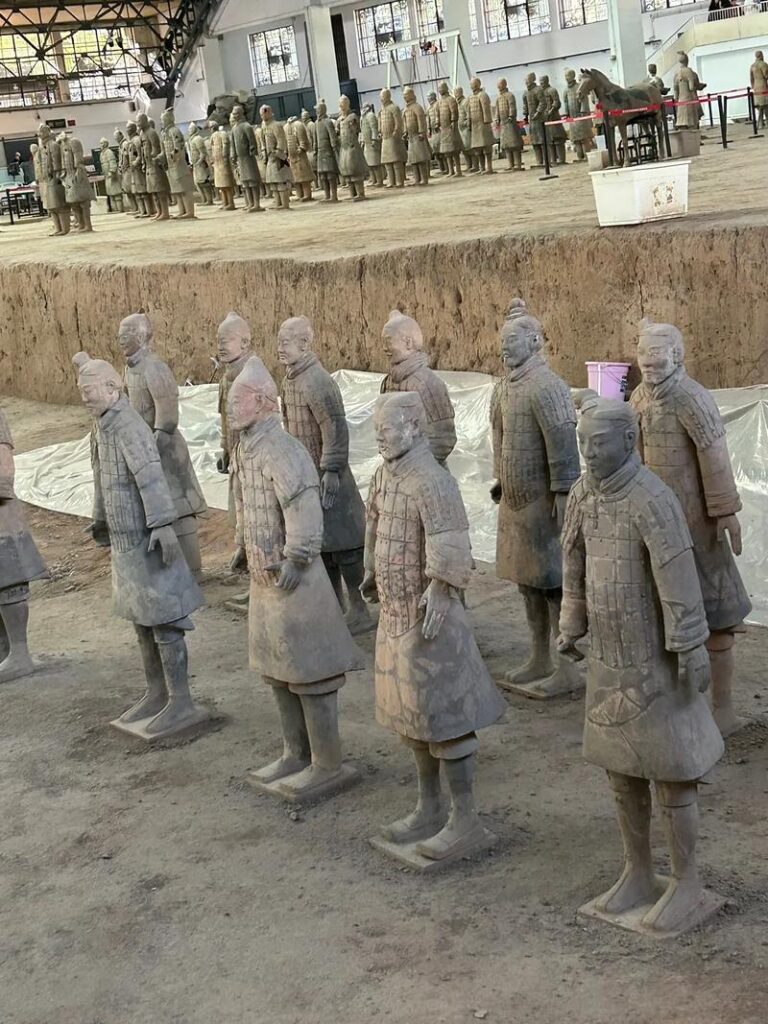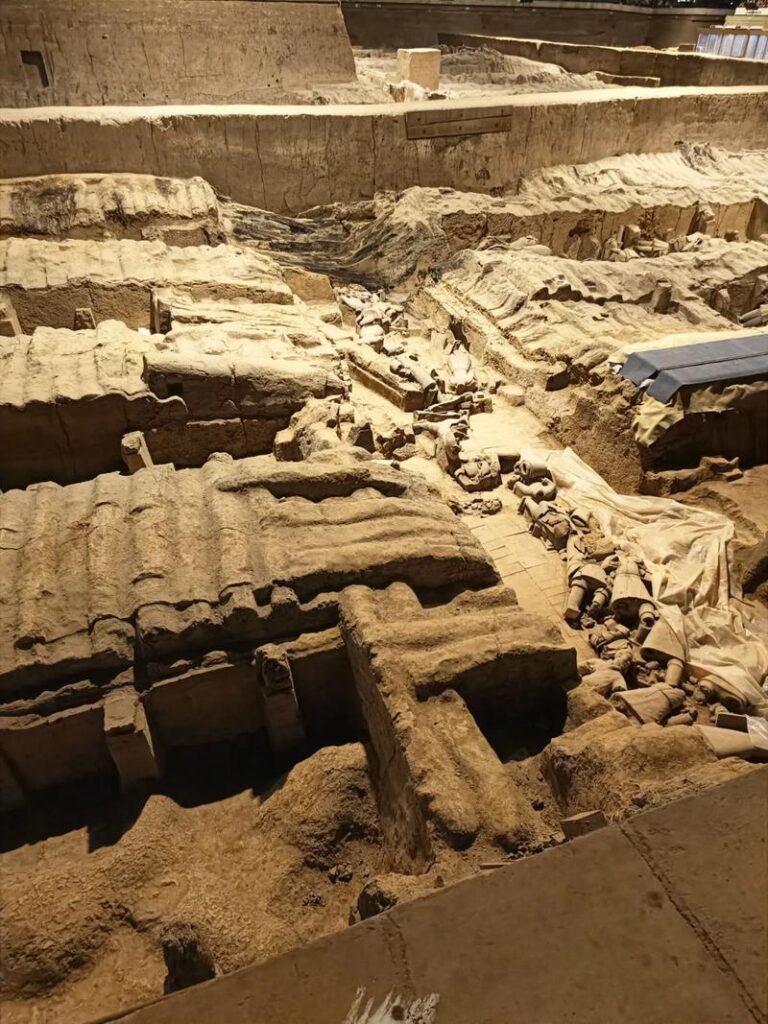Are there horses in the Terra Cotta Warriors?
Why did the “silent soldiers” of the Terra Cotta Warriors need horses?
When people talk about the Terra Cotta Warriors in the the Mausoleum of the First Qin Emperor, they always focus on the lifelike terracotta warriors. However, within this vast ‘underground army’, there is also a group of often overlooked protagonists – warhorses. Yes, the Terra Cotta Warriors not only have people, but also more than 600 pottery horses. They stand shoulder to shoulder with soldiers, jointly guarding the “afterlife empire” of China’s first emperor. For American readers, these horses are not only masterpieces of ancient art, but also key to understanding the military ambitions and cultural codes of the Qin Dynasty. Let’s uncover their secrets from five perspectives.
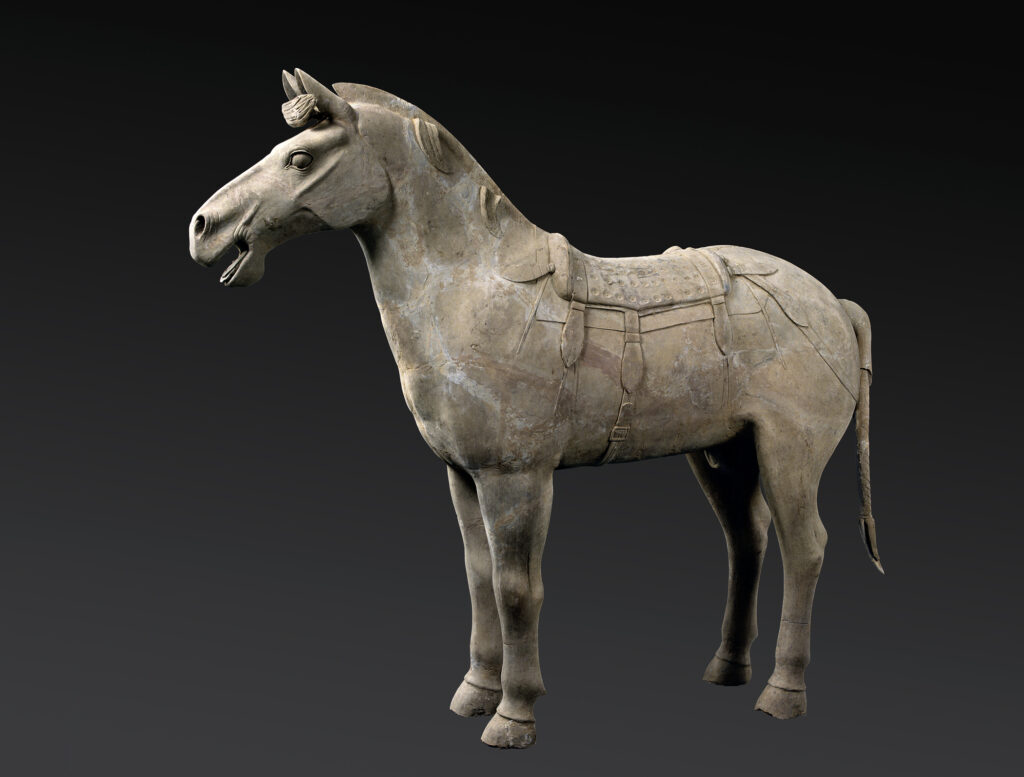
1、 Tao Ma is not a “supporting actor”: how do they change archaeological cognition?
In 1974, the Terra Cotta Warriors discovered by Shaanxi farmers when they were digging wells, rewriting the world’s understanding of China’s ancient military history. At first, archaeologists were shocked by thousands of terracotta warriors, but soon found more amazing details: the formation of four horses next to the chariot, the Pommeled Horse specially used by cavalry, and even the figurines driving the horses.
These pottery horses can be divided into two categories: chariot horses are 1.7 meters tall, with a strong physique and tight neck muscles, as if they were about to pull a wooden chariot filled with soldiers in the next second (already decayed); The cavalry is slightly shorter, but the lines are smooth, and the leather saddle on the back of the horse has clear texture, showing the Qin people’s persistence in details. It is interesting that all pottery horses do not have stirrups – because stirrups were not invented until the 4th century AD.
Why did Emperor Qin Shi Huang spend manpower to make these pottery horses? The answer is hidden in the ancient concept of life and death. The Qin people believed that ‘death is like life’, and the emperor needed a complete army to maintain his authority after death, and the horse horse was the ‘strategic weapon’ of the era of cold weapons. Without them, Qin Shi Huang’s’ Eternal Empire ‘would be unable to move forward.
2、 War Horse: The “Living Engine” of the Qin Dynasty’s Sweeping of the Six Kingdoms
To understand the significance of Tao Ma, one must go back to the battlefield of the 3rd century BC. At that time, a four horse chariot was equivalent to a modern main battle tank: four horses pulled a chariot carrying three soldiers (imperial guards, crossbowmen, and spearmen), which could shoot from a distance and charge in close combat. According to the Records of the Historian, the Qin army has ten thousand chariots, and the number of chariots and horses unearthed in the Terra Cotta Warriors pit indicates the scale of this “ancient armored force”.
But the real breakthrough of the Qin army lies in standardization. Archaeological discoveries have shown that the reins and axle spacing of all pottery horses are completely uniform, which is consistent with the “same track” policy in historical books. This industrial thinking enabled the Qin army to quickly repair equipment and continue to launch “lightning battles”. For readers accustomed to American mechanized warfare, it is worth imagining Qin army tanks as ancient versions of Humvee convoys – they are not only weapons, but also symbols of power projection.
The appearance of horseback riding is even more worth pondering. The Qin people were originally skilled in chariot warfare, but in their battles with northern nomadic tribes such as the Xiongnu, they learned to ride horses and shoot arrows. The cavalry horses in the Terra Cotta Warriors are the evidence that the Qin Dynasty absorbed foreign technology and built a mixed army.
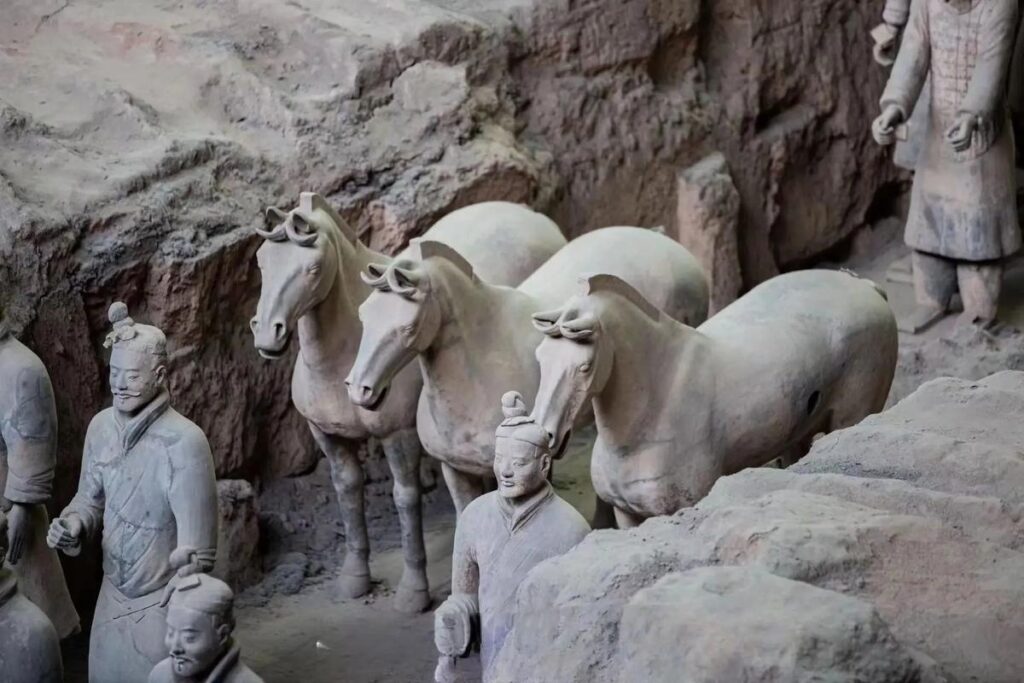
3、 Viewing Ancient China’s “Horse Culture” from Taoma
In Chinese culture, horses are not only tools, but also spiritual symbols. Confucianism regards the horse as a carrier of virtue with “boundless territory”, while Taoism regards it as the embodiment of freedom and unrestrained spirit. But for Qin Shi Huang, the significance of horses was more practical: a good horse was equivalent to a national strategic asset.
The Qin Dynasty established the official position of “Taipu” to manage horse affairs, promulgated the “Stable Garden Law” to regulate horse breeding, and even measured the level of pastures based on grain production. This system is reflected in pottery horses: their body shape is clearly modeled after Mongolian horses (resistant to rough feeding and adaptable), their tails are tied into knots to prevent entanglement with weapons during charging, and their horseshoe joints are even engraved with anatomically precise tendon patterns.
Interestingly, Tao Ma has no mythological color. The “heavenly horse” (a winged divine horse) that often appears in Han Dynasty murals is nowhere to be found in the Qin terracotta warriors. This may have exposed Qin Shi Huang’s pragmatic personality: what he needed was not auspiciousness, but iron cavalry that could conquer the six kingdoms.
4、 Cracking the mystery of manufacturing: How did the Qin Dynasty’s “assembly line” mass produce pottery horses?
Making a pottery horse can be regarded as a “high-tech project” of the Qin Dynasty. Each horse weighs about 200 kilograms, but it needs to be fired in a low-temperature kiln without deformation, making its craftsmanship much more difficult than that of soldier figurines. Modern research has found that Qin craftsmen adopted an efficient production system:
- Modular assembly: The horse legs, torso, and head are made with molds and then assembled into a whole, with the joints covered with clay.
- Personalized processing: Craftsmen manually add details such as horsehair and ears to give each horse a unique expression.
- Militarized quality control: There are hidden inscriptions on the horse’s body, such as “stable” and “three”, which may be workshop numbers or traces of craftsman responsibility system.
The most amazing thing is the understanding of the physiological structure of horses. Taoma has a wide chest cavity, indicating strong cardiopulmonary function; Hollow nasal cavity, as if one can hear breathing on the battlefield; Even the angle of the horseshoe conforms to the mechanics of motion – some scholars believe that this proves that the Qin people had mastered the primitive “horseshoe” technology (which was not used in the West until the ancient Roman era).
But the mystery still exists: why are all pottery horses male? Is it a symbol of masculine power, or is it simply because the mare is not suitable for combat? The archaeological community is still debating.
5、 From burial objects to cultural ambassadors: Tao Ma’s modern mission
Nowadays, these pottery horses are facing new challenges. After being unearthed, their painted patterns quickly oxidized and peeled off – the originally vermilion reins and shiny black eyes were now reduced to their original gray pottery color. Scientists use polyvinyl alcohol injection to reinforce ceramic bodies, establish digital archives through 3D scanning, and even attempt to repair pigments with bacterial metabolites.
At the same time, new technologies are uncovering more secrets. In 2020, laser scanning revealed that some horse bellies were engraved with text, suspected to be the “anti-counterfeiting signature” of craftsmen;
In 2023, isotope analysis showed that the clay used by Taoma came from Lishan near the cemetery, while the chariot wood was actually taken from deep mountains in Sichuan. These findings prove that the Mausoleum of the First Qin Emperor is a super project to mobilize national resources.
For American readers, pottery horses are not just artifacts in display cabinets. In the special exhibition of Terra Cotta Warriors at the Metropolitan Museum of New York, a pottery horse once caused the audience to queue for three hours – some people saw art, some people read about the history of war, and some children asked, “Who is more powerful between these horses and the Rohan cavalry in The Lord of the Rings?” Perhaps this is the power of cultural heritage: it allows different civilizations to talk in time and space.
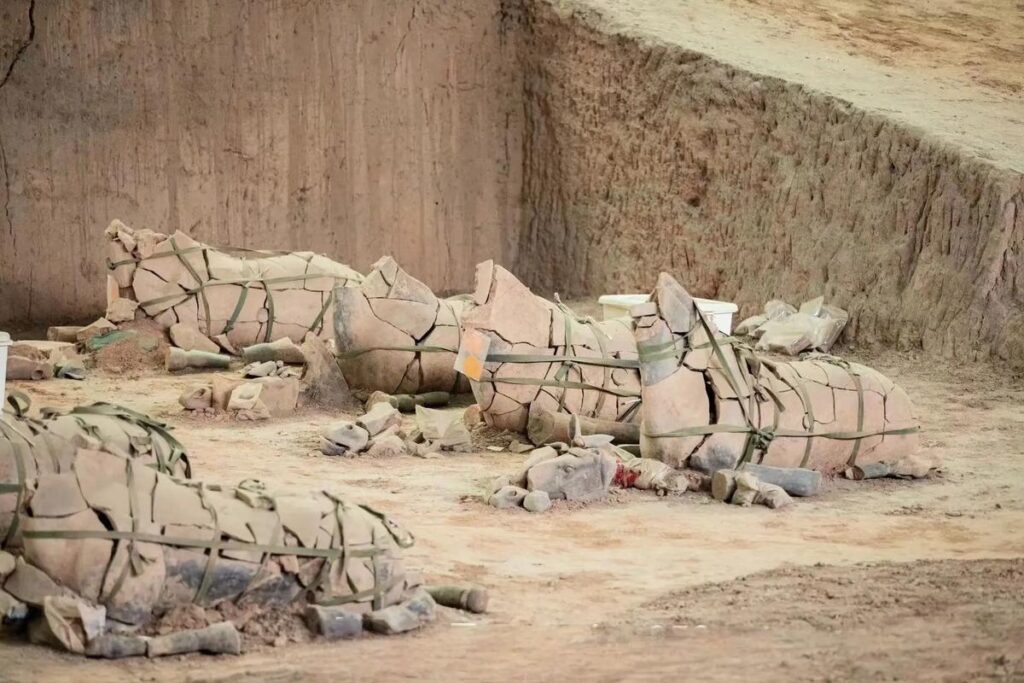
Conclusion: Metaphor of Empire on Horseback
The horses of the Terra Cotta Warriors have stood silent for 2200 years, but their stories are still vivid. For Qin Shi Huang, they were tools for the perpetuity of power; For modern people, they are the key to decoding ancient China. When a pottery horse stands shoulder to shoulder with a soldier figurine, what we see is not only the crystallization of mud and fire, but also an empire’s ultimate fantasy of order, power, and immortality.
Next time you walk into a museum, why not pause in front of these pottery horses for a while longer. Perhaps in their muscle lines, there is a common desire of human civilization – to create eternity with their hands, even if it is just a phantom cast of soil.



